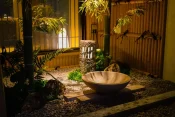Nanzen-ji Temple: A Must-Visit Kyoto Gem for History, Nature, and Photography
Kyoto, the ancient capital of Japan, is a treasure trove of historical and cultural landmarks. Among its many temples, Nanzen-ji stands out as a true gem, captivating visitors with its rich history, stunning architecture, and serene gardens. Whether you’re a history buff, a nature lover, or a photography enthusiast, Nanzen-ji offers a unique and unforgettable experience.
- A Journey Through Time: The History and Significance of Nanzen-ji Temple
- Architectural Marvels: The Beauty of Nanzen-ji’s Structures
- Gardens of Tranquility: Finding Peace in Nature
- Nanzen-ji Suirokaku Aqueduct: A Photographer’s Paradise
- Kimono Experience at Nanzen-ji: Capturing Timeless Memories
- Practical Information for Visiting Nanzen-ji Temple: Plan Your Trip
- Conclusion: Nanzen-ji Awaits Your Discovery
A Journey Through Time: The History and Significance of Nanzen-ji Temple
Nanzen-ji’s story begins in the 13th century when Emperor Kameyama transformed his retirement villa into a Zen temple. Over the centuries, it grew in prominence, becoming a major center for Zen Buddhism and attracting influential figures like the shogun Ashikaga Takauji.
Today, Nanzen-ji is the head temple of the Nanzen-ji branch of Rinzai Zen, one of the two major schools of Zen Buddhism in Japan. Its sprawling complex encompasses several sub-temples, each with its own unique character and charm.
Architectural Marvels: The Beauty of Nanzen-ji’s Structures
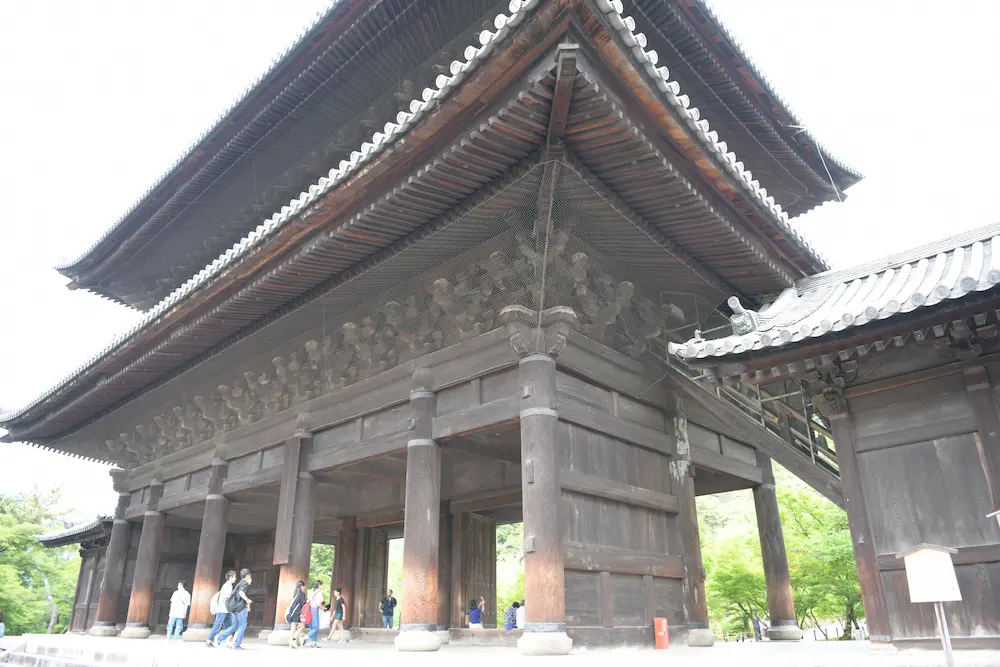
As you enter Nanzen-ji, you’ll be greeted by the imposing Sanmon gate, a national treasure of Japan. This massive wooden gate, built in the 17th century, offers panoramic views of Kyoto from its upper level.
The heart of the temple is the Hatto (Dharma Hall), where monks gather for meditation and ceremonies. Its simple yet elegant design reflects the essence of Zen aesthetics.
Don’t miss the Hojo (Abbot’s Quarters), a traditional Japanese residence with tatami floors, sliding doors, and a tranquil garden. The garden, designed by the renowned landscape architect Kobori Enshu, is a masterpiece of harmony and balance.
Gardens of Tranquility: Finding Peace in Nature
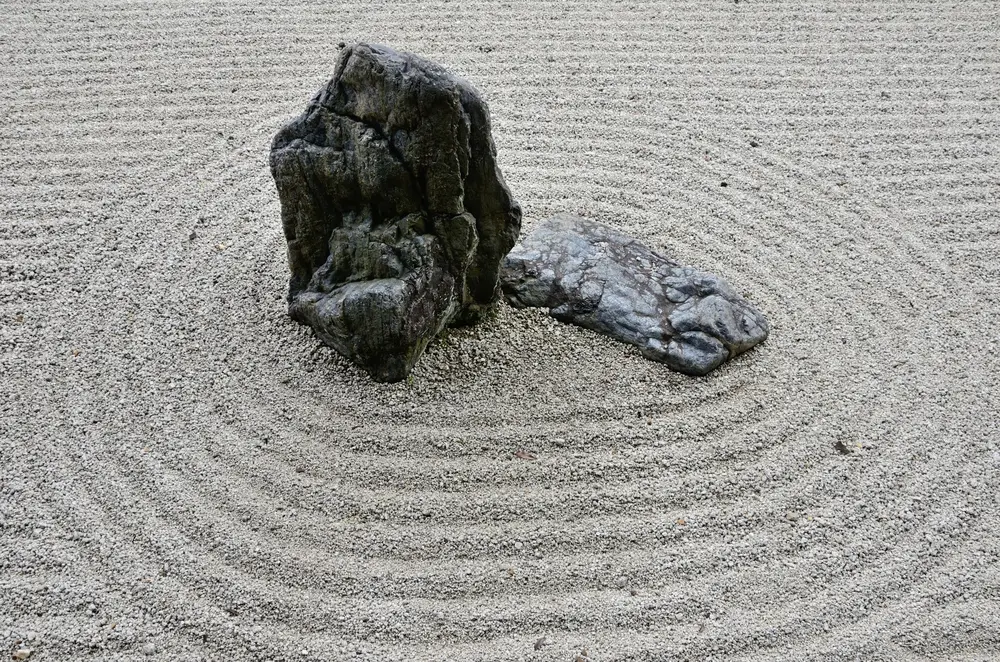
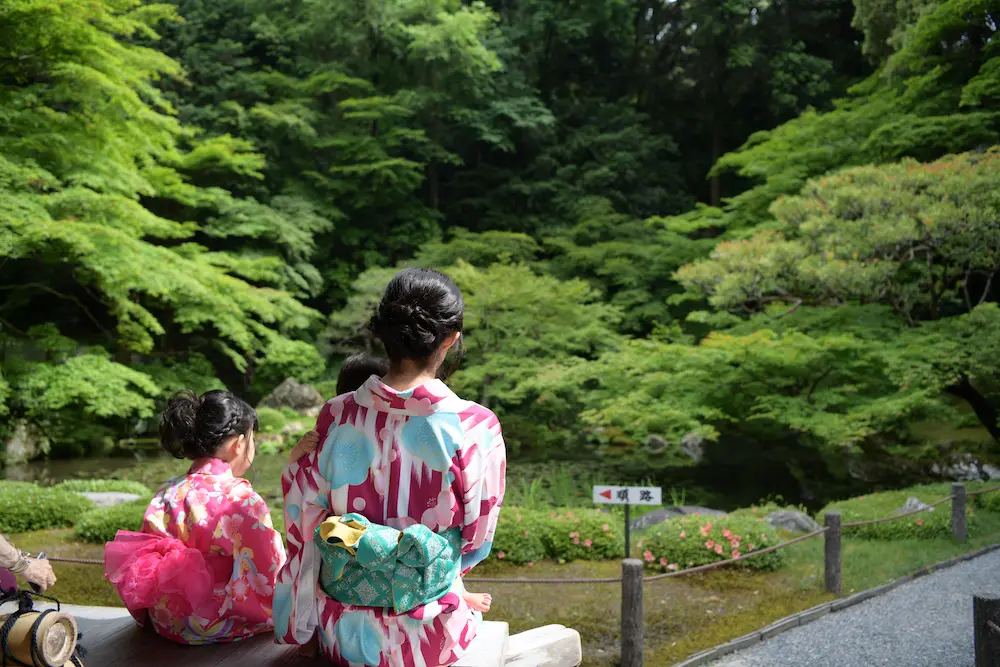
Nanzen-ji is home to several exquisite gardens, each offering a different perspective on nature’s beauty. The Hojo Garden, with its carefully arranged rocks and moss, is a classic example of a dry landscape garden.
The Tenju-an Garden, known for its vibrant autumn foliage, features a pond, waterfalls, and a tea house. It’s a perfect spot for quiet contemplation and reflection.
The Nanzen-in Garden, located behind the Hojo, is a hidden oasis of lush greenery and a peaceful pond. It’s said to be the site of the original imperial villa.
Nanzen-ji Suirokaku Aqueduct: A Photographer’s Paradise
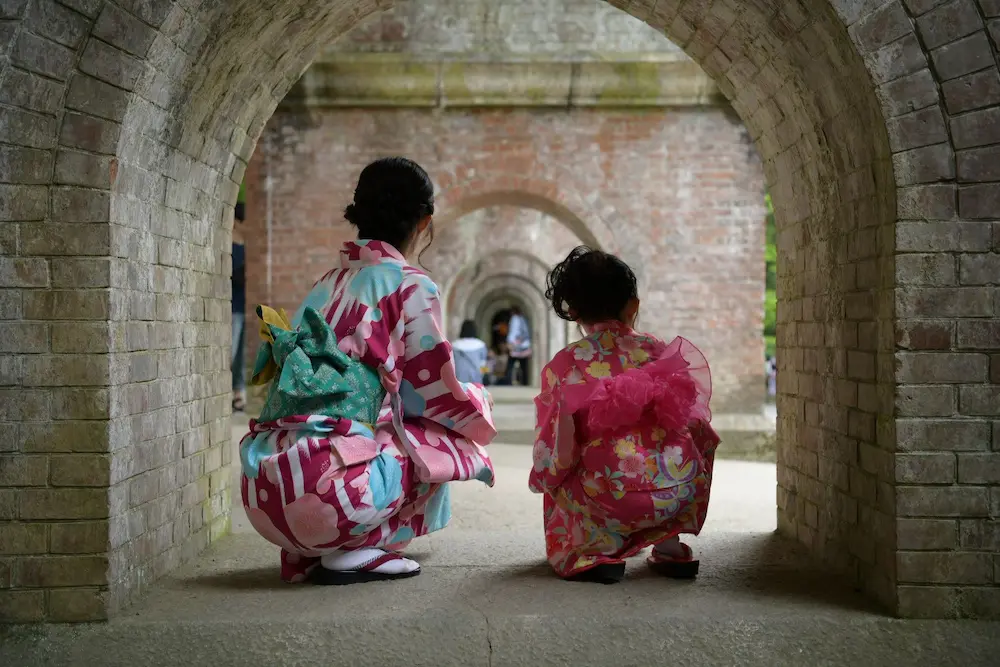
One of Nanzen-ji’s most iconic features is the Suirokaku aqueduct, a brick structure that carries water from Lake Biwa to Kyoto. Built in the 19th century, it’s a remarkable feat of engineering and a popular spot for photographers.
The aqueduct’s arches, tunnels, and moss-covered walls create a unique and picturesque atmosphere. I was particularly struck by the way the sunlight filtered through the trees, casting dappled shadows on the water. It’s a truly magical place that will leave you in awe.
Kimono Experience at Nanzen-ji: Capturing Timeless Memories
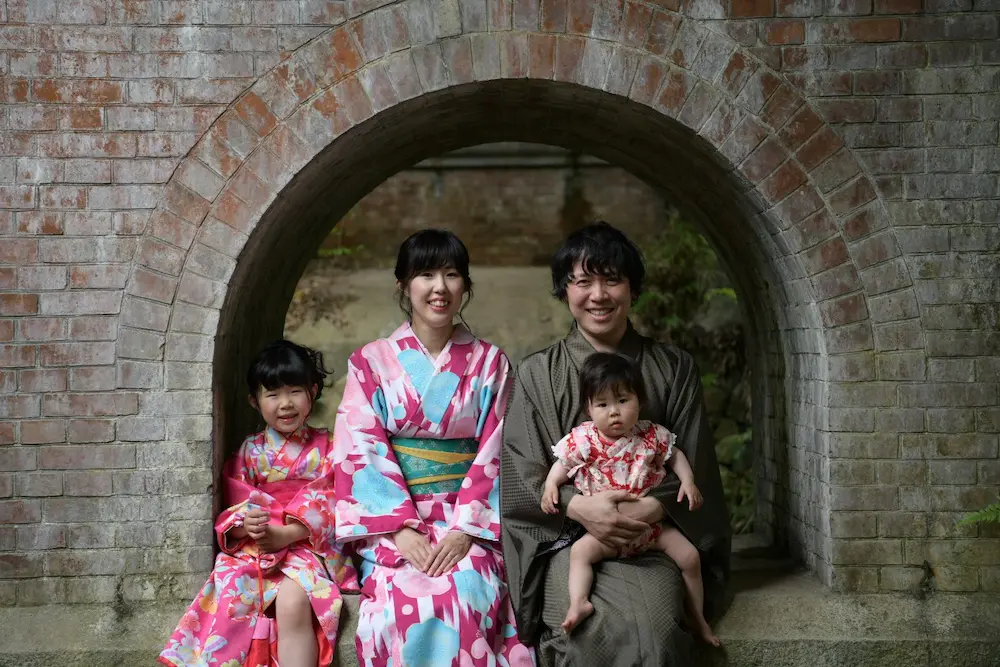
To make your visit to Nanzen-ji even more special, consider renting a kimono and strolling through the temple grounds in traditional Japanese attire. The vibrant colors and elegant designs of kimonos perfectly complement the temple’s serene atmosphere.
My family and I decided to try the kimono experience, and it was an absolute highlight of our trip. We felt like we had stepped back in time, and the photos we took turned out beautifully. It’s a wonderful way to immerse yourself in Japanese culture and create lasting memories.
Practical Information for Visiting Nanzen-ji Temple: Plan Your Trip
- Hours: Open daily from 8:40 am to 5:00 pm (4:30 pm from December to February).
- Admission:
- Temple grounds: Free
- Sanmon gate: 600 yen
- Hojo garden: 600 yen
- Nanzen-in garden: 400 yen
- Access:
- By bus: Take Kyoto City Bus #5 from Kyoto Station to “Nanzen-ji Eikando-michi” stop.
- By subway: Take the Tozai Line to Keage Station, then walk about 10 minutes.
- Tips:
- Best time to visit: Early morning or weekdays to avoid crowds.
- Photography: Allowed in most areas, but be respectful of others.
- Dress code: No strict dress code, but modest attire is recommended.
- Food: Several restaurants and cafes near the temple offer traditional Japanese cuisine.
- Souvenirs: Unique gifts and crafts are available at the temple shops.
Conclusion: Nanzen-ji Awaits Your Discovery
Nanzen-ji Temple is a true gem of Kyoto, offering a blend of history, nature, and artistic beauty. Whether you’re interested in exploring ancient temples, strolling through peaceful gardens, or capturing stunning photos, Nanzen-ji has something for everyone. So, add this enchanting temple to your Kyoto itinerary and prepare to be amazed!
Reviews from Visitors
There are no reviews yet. Be the first one to write one.

